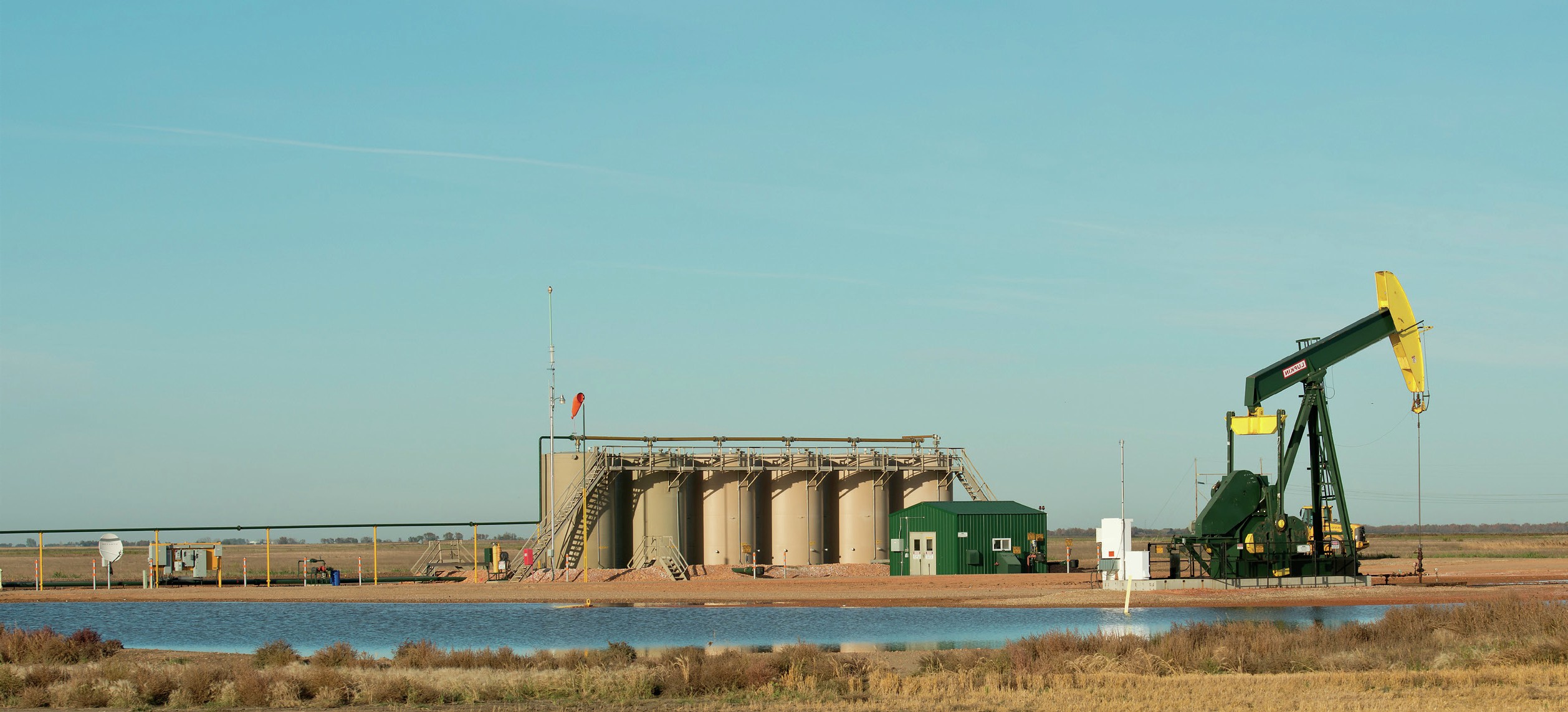
As we learnt in the first column in this series (see CHEMISTRYREVIEW, Vol. 28, No. 1, pp. 28–30), conventional natural gas and oil deposits are found in permeable rocks, trapped below impermeable rock. These deposits can be extracted by drilling down through the impermeable rock into the permeable rock.
Gas and oil are also trapped in the spaces within impermeable shale rock. Because shale is impermeable, simply drilling down to it is not enough to extract these deposits. Instead the process of hydraulic fracturing, known commonly as fracking, is used. The rock has to be fractured to get the gas or oil out.
Your organisation does not have access to this article.
Sign up today to give your students the edge they need to achieve their best grades with subject expertise
Subscribe




